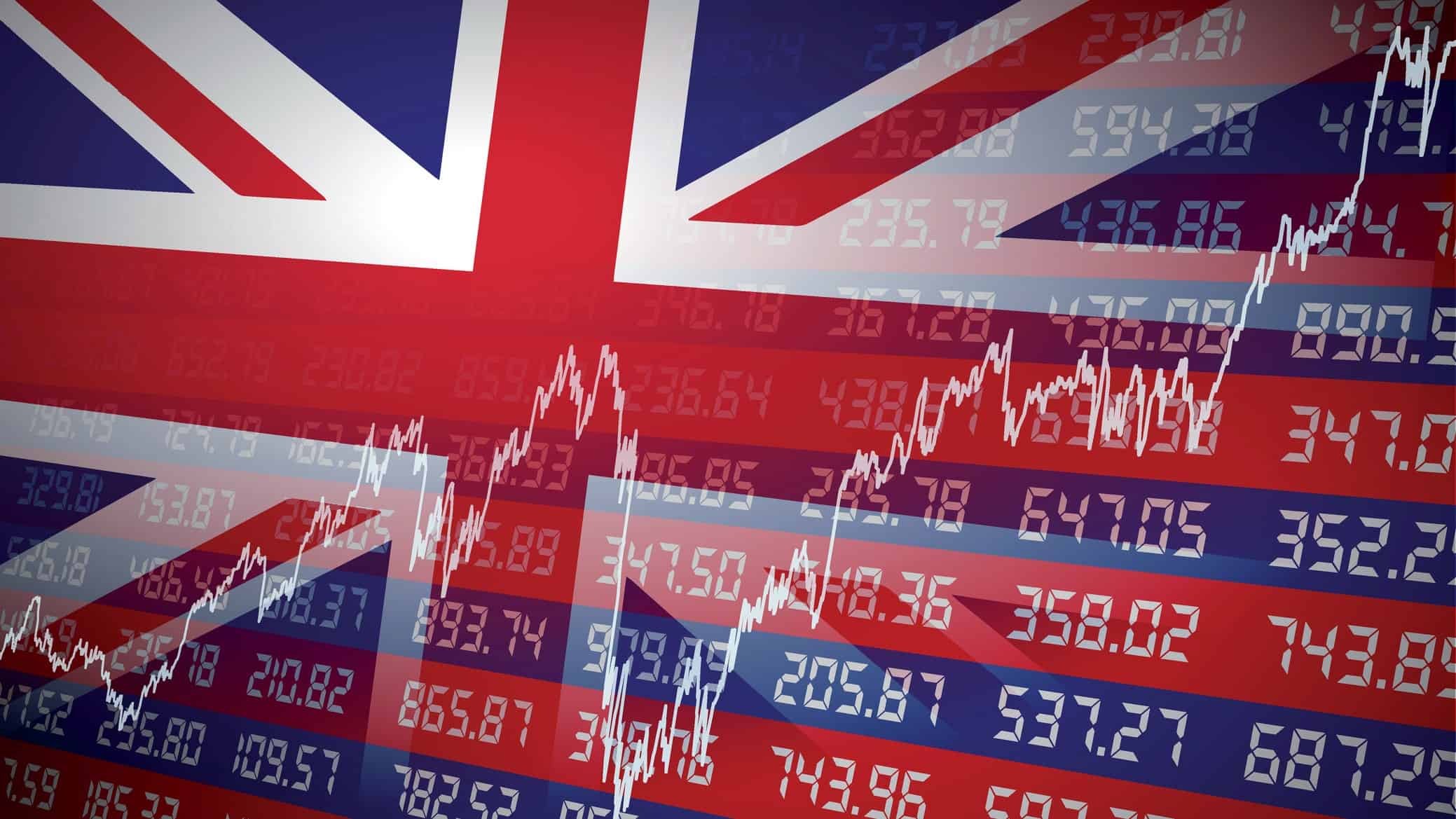How on earth did this forgotten FTSE 100 stock jump 65% in a year?


The FTSE 100âs always full of surprises. Who could have imagined a year ago that gold miner Fresnillo would rocket more than 250%? Or telecoms specialist Airtel Africa would soar 215%? Not me. Both stocks had largely passed my radar, until they suddenly went gangbusters. But another big success story was on my watchlist, so I’m kicking myself for missing out. It’s up a blistering 65% over 12 months so can it continue to soar?
The stock in question is Asia-focused insurer Prudential (LSE: PRU), which I actually owed a couple of decades ago. I banked a quick 70% gain and while I’m much slower to sell shares these days, preferring to buy and hold for the long run, I don’t regret my decision. This one has underperformed for years.
The Prudential share price soars
Prudential has huge potential in Asia and Africa, selling pension and protection products to the emerging middle class, yet the financial crisis and years of weak regional sentiment saw the shares largely ignored. The dividend was modest, below 2%, so I moved on.
Emerging markets have finally regained momentum, with the MSCI Emerging Markets index up almost 33% in the year to 31 October, against less than 20% worldwide. Investors have waited a long time for this moment.
Prudential had already posted a strong set of 2024 results, with adjusted operating profit before tax up 10% to $3.1bn, while 2025 has been upbeat, so far. The balance sheetâs strong, with a solid free surplus cash ratio of 234%. CEO Anil Wadhwani said long-term growth trends in Asia and Africa are âreasserting themselves”, creating real opportunities.
Dividends and buybacks
The board boosted the dividend 13% and returned $2bn through share buybacks across 2024 and 2025. Across 2024-2027, total shareholder returns including dividends could exceed $5bn.
So can this continue? There’s still recovery potential here. Prudential shares are down 18% over the last five years, and trade lower than they did 10 years ago. The price-to-earnings ratio stands at 15, so it’s not exactly expensive.
Analyst forecasts are optimistic, producing a median one-year target of 1,298p. If correct â and forecasts should be always be taken with a pinch of salt â that would imply solid 12-month growth of another 23% from here. An impressive 16 out of 18 analysts rate Prudential a Buy, and two say Hold. There are no sellers.
It’s always risky buying a stock after a strong run, chasing past performance can backfire. Emerging markets remain volatile. Income seekers should also check out rival FTSE 100 insurers, some of which can yield as much as 8% or 9%.
However, Prudential shows that even a long-forgotten FTSE 100 stock can spring back, rewarding patience and timing. The recovery in Asia and Africa is real and total shareholder returns generous, but the path remains bumpy. Investors might consider buying with a long-term view, while bracing themselves for volatility along the way.
The post How on earth did this forgotten FTSE 100 stock jump 65% in a year? appeared first on The Motley Fool UK.
Should you invest £1,000 in Prudential plc right now?
When investing expert Mark Rogers has a stock tip, it can pay to listen. After all, the flagship Motley Fool Share Advisor newsletter he has run for nearly a decade has provided thousands of paying members with top stock recommendations from the UK and US markets.
And right now, Mark thinks there are 6 standout stocks that investors should consider buying. Want to see if Prudential plc made the list?
More reading
- The FTSE 100 is at all-time highs and closing in on 10,000. Time to bank profits?
- 3 FTSE 100 index stocks to consider in November!
- Up 63%! This under-achieving FTSE 100 stock has just skyrocketed â what happened?
Harvey Jones has no position in any of the shares mentioned. The Motley Fool UK has recommended Airtel Africa Plc, Fresnillo Plc, and Prudential Plc. Views expressed on the companies mentioned in this article are those of the writer and therefore may differ from the official recommendations we make in our subscription services such as Share Advisor, Hidden Winners and Pro. Here at The Motley Fool we believe that considering a diverse range of insights makes us better investors.






